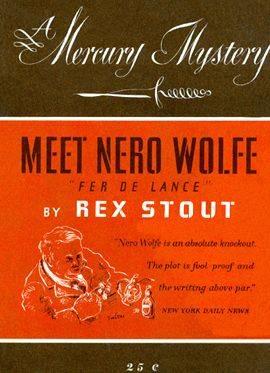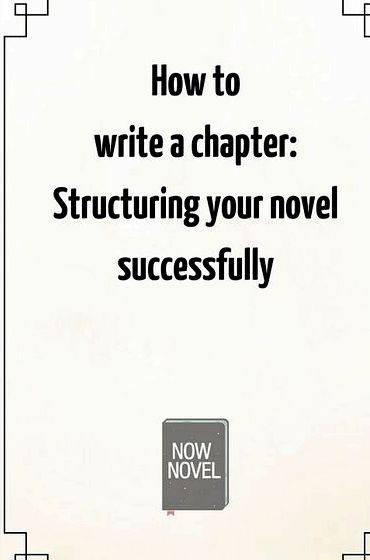1. Pick a protagonist&-by job (police person) or by personality (nosy, investigative, driven, avenging, funny, sardonic)
2. Pick the kind of mystery you will be writing&-hard-boiled police procedural; &”soft-boiled&” academic; cozy; historical
3. Pick the protagonist’s field&-what he or she does in addition to solving fictional crimes; check out the mystery section of any large bookstore to see the huge number of mysteries with protagonists from all fields (from cooking to gardening to archaeology to legal and medical to science to insurance investigators) and the many parts of law enforcement (local and state police and sheriff, FBI, medical examiners, criminologists, private detectives)
4. Pick the voice&-first person, third person, combination of both
5. Pick the tone&-funny, serious, combination of both
6. Figure out other characters needed to move the story&-sidekicks, law enforcement helpers, bad guys, good guys&-some continuing, others for one book only
7. Decide whether to outline or not&-full outline vs. index cards or charts
Starting to Write
1. A good first page sets the tone&-like a journalistic lead
2. Get right into the story as if you were telling a friend what has happened to you on a given day&-your character is you
3. Tell the story one step at a time, adding characters as you need them
4. Let the characters speak for you in whatever way they want to speak (bad language, nasty personality, kind personality)
5. Set up the story to have points of conflict (people standing in the way of solving the crime) and danger (things happening to your main character)
6. Have the first murder occur in the first 50 pages to create a reason for the protagonist’s quest
7. Create cliffhanger endings for many chapters&-get reader to go on (foreshadowing vs. just gasp causing)
8. Set up false leads and red herrings all along the way to throw reader off as to who the killer is
9. Be fair with readers&-lead them to the solution of the crime methodically, planting clues, and don’t bring someone out of nowhere that the reader does not know or care about
10. If the killer is known from the start, some of the above applies, except that the reader knows more than the protagonist
11. If using other material in the story, be careful to include it so that it does not slow down the narrative
12. Write an ending that will make readers either fulfilled or confounded, but don’t have your novel just end with a thud
1. Write so many pages a day, no matter what&-first draft or polished
2. Work through to the end as fast as possible
3. Revise this draft at least five more times
4. Read it aloud to someone else or to yourself
5. Print out all drafts and edit on paper, not on the computer screen
6. Check spelling and grammar carefully but also make sure key points make sense&-that you are consistent throughout the book on key plot points, names, methods of murder, timelines
7. Follow standard manuscript format margins and double spacing
8. Save the final manuscript on a disk
9. Prepare a final outline of the entire book&-to send along with the sample chapters (usually 50 pages up to the first murder)






 Radiologically inserted gastrostomy guidelines for writing
Radiologically inserted gastrostomy guidelines for writing My reading and writing autobiography lesson
My reading and writing autobiography lesson God is writing my love story meaning behind chandelier
God is writing my love story meaning behind chandelier God is writing my love story meaning of chandelier
God is writing my love story meaning of chandelier Writing null hypothesis in apa
Writing null hypothesis in apa






